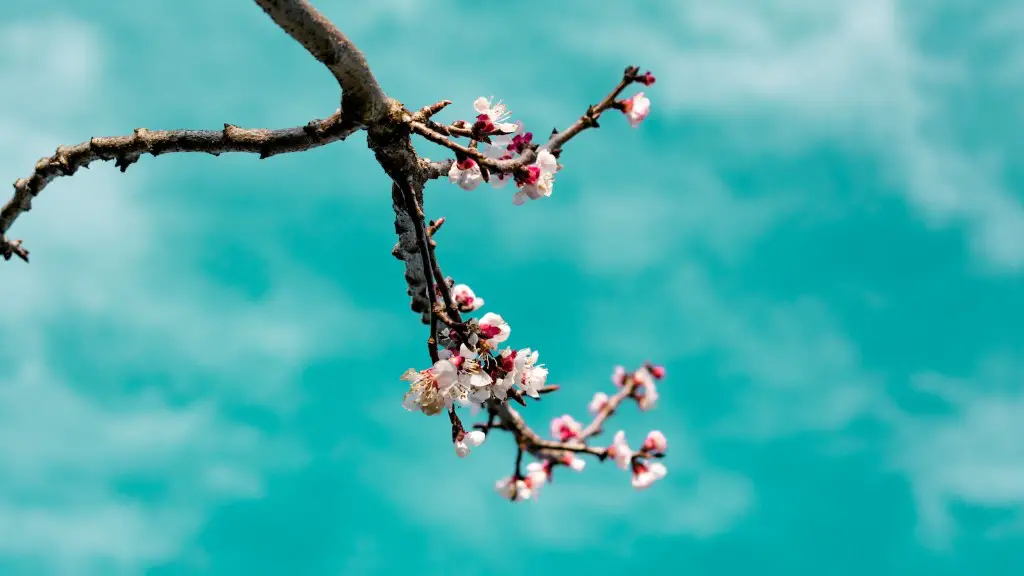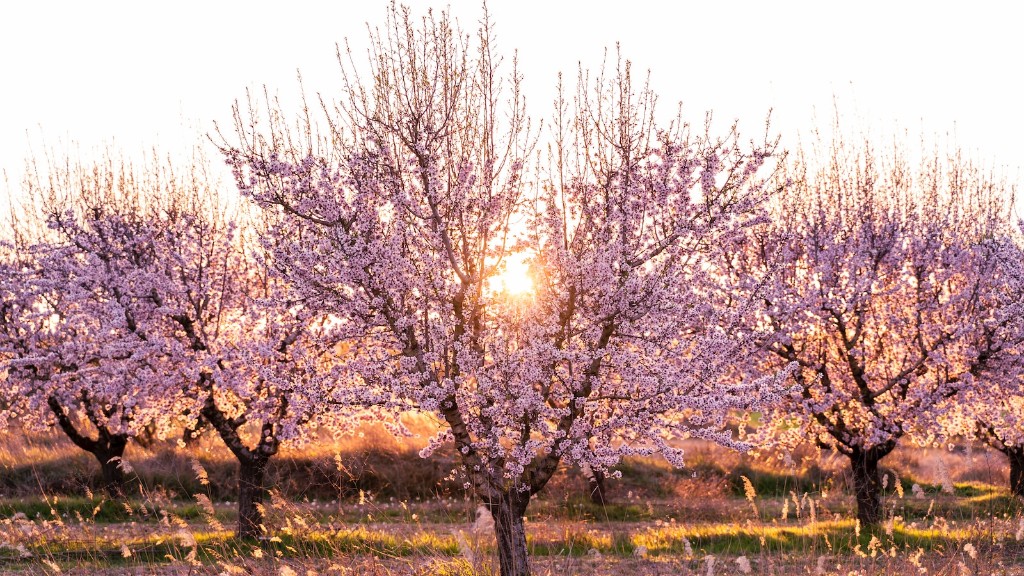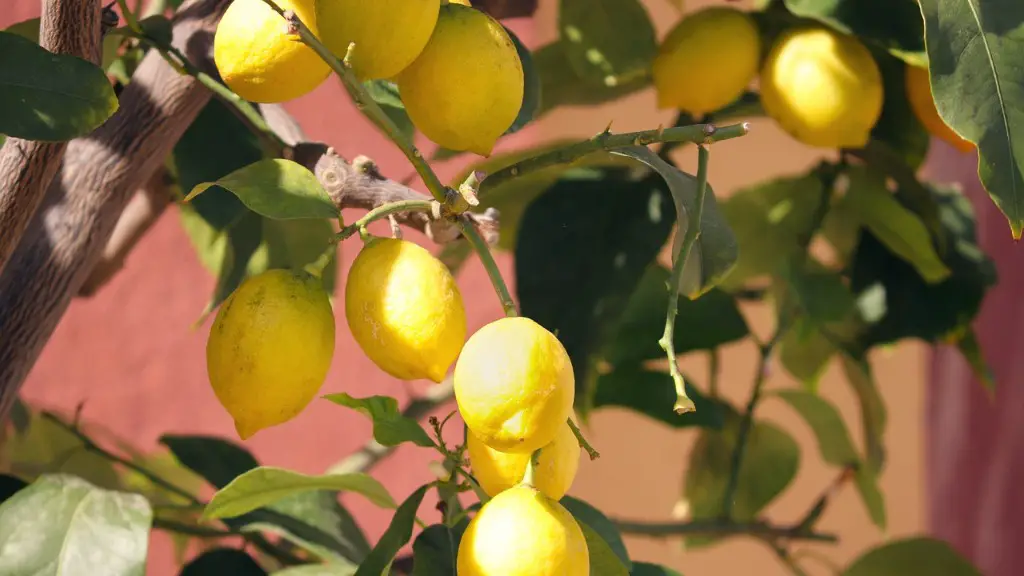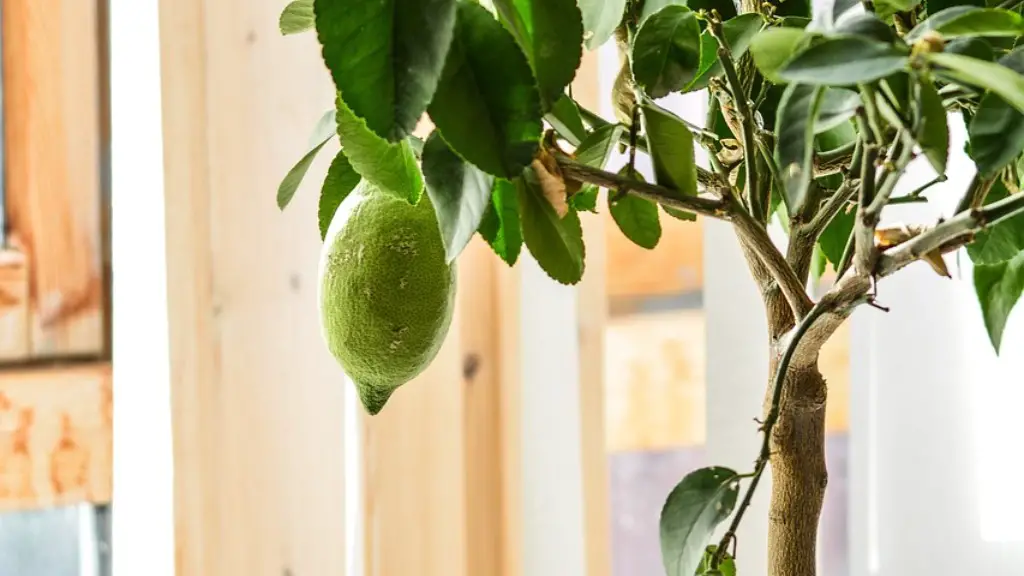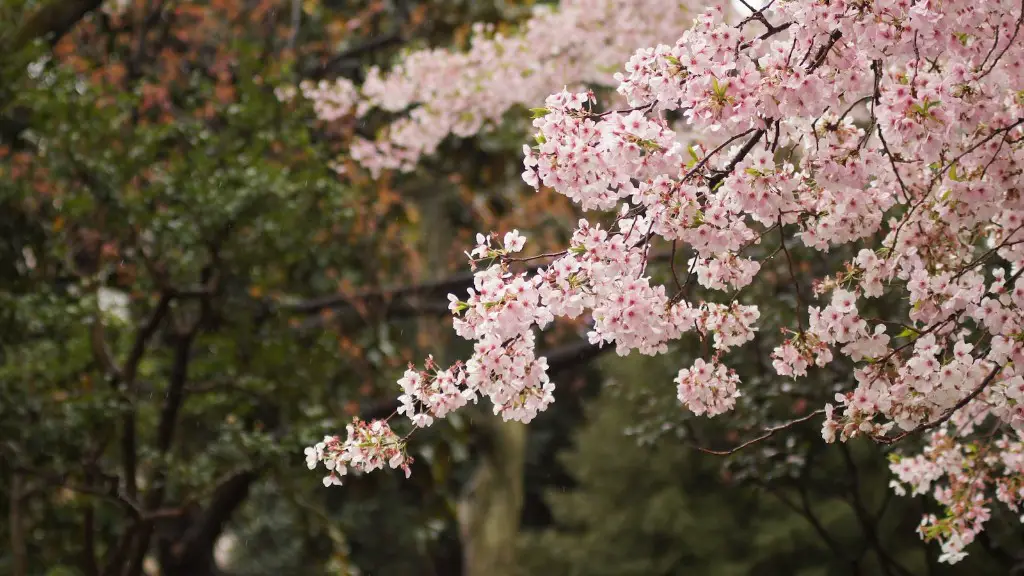Cherry trees are a popular tree to grow from a seed, providing an abundance of fruits in the home garden. Growing a cherry tree from a seed is relatively easy when the essential steps are followed correctly. With the right environment and preparation, the cherry tree will be flourishing in no time. The majority of cherry varieties are self-fertile, meaning only one tree is needed to set fruit, however, cross-pollination between varieties will increase crop yields.
Firstly, choosing the right type of cherry tree seed is essential. Sour cherries grow well and are generally considered the easiest to start. They are a bit hardier than sweet cherry trees and can thrive in a larger number of soil types and climates. When planting the cherry tree, it should be done at the beginning of autumn or the latter part of winter. Planting too early or too late may cause the seeds to get waterlogged and rot.
The cherry tree seed should then be soaked in lukewarm water for around 24 hours before planting. Cherry trees need full exposure to the sun to reach its fullest potential, hence why it is advised to select an area with at least 8 hours of direct exposure to sunlight. Proper water drainage according to soil type is essential for success when harvesting a quality crop.
Meanwhile, cherry tree soil should have a high pH level, ranging between 6.5 and 7.5, however, sour cherries can thrive in a more acidic soil than sweet types. Cherry trees prefer fertile, loamy soil, but can survive in soils with lower fertility as long as they are adequately watered and amended. To increase soil fertility, add compost and use mulch to prevent water evaporation. Finally, when in full bloom, the cherry tree will need to be pruned and fertilised with a slow-release formula, to get the best yield.
Cherry Tree Care
Taking care of a cherry tree is essential for success when growing from seeds. The soil must be cleared and free of weeds and other unwanted plants before planting the cherry tree seed. To protect the cherry tree from pests, such as birds and insects, it is important to use netting or covers to protect it during early fruit production. Regular irrigation of the cherry tree and adding organic matter to the soil can reduce salt and calcium levels increasing the health of the tree.
Mild winters can cause the cherry tree to bud prematurely, causing frost damage to the flowers, leaves, and buds. To avoid this potential risk, prune the tree regularly and keep the leaves dry during times of heavy rain. Moreover, use fungicides or sprays as a preventative measure to protect the tree from fungal infections such as twig blight.
Fruit Production
When the cherry tree is in full bloom and harvest time is near, be sure to pick the fruit frequently. Cherries harvested too early are not edible and can prevent the cherry tree from bearing the maximum yield. Harvests of cherries should be picked before the fruit becomes too soft, as overmature cherries can be too sweet and can lead to an off-taste. Furthermore, it is important to check the cherry tree for signs of pests to protect the fruit harvest.
Once the fruit has been harvested, it must be stored in a cool, dark place. If the cherries are not eaten straight away, they can be frozen or canned for future use. Additionally, cherry trees can also be used in a variety of ornamental ways, such as trimming and decorating the landscape. This can increase the overall aesthetic of the home garden.
Pruning and Training
When pruning and training a cherry tree, it should be done when the tree is still young. This will promote a strong, healthy structure, will encourage even fruiting, and prevent potential issues such as disease. During winter, the cherry tree can be pruned, removing any shoots that grow long and straggly, and those that are crossing, or appear damaged or unproductive.
Training a cherry tree involves staking and tying the branches to promote a sturdy framework and is necessary for the growth and health of the tree. Heavy fruit can cause the branches to break, so it is essential to inspect the tree regularly and prune or adjust the structure when needed. This will also help to enhance air circulation throughout the tree, preventing any future disease.
Bracing
When the cherry tree is planted, it is recommended to use a bracing system to ensure the roots properly develop. This can be achieved using wooden stakes, metal wires or leather straps. If a bracing system is used, it should be done at the time of planting and once the cherry tree is established, the bracing system can be removed. Failing to brace a cherry tree can lead to poor anchor development and could damage the tree’s structure and fruit production.
Fertilising
When fertilising a cherry tree, it is essential to use the right type of fertiliser for the optimal growth and success. A general fertiliser can be added to the soil throughout the growth of the tree. However, organic fertilisers such as fish, seaweed, kelp or manure should also be added to increase soil fertility. For the best results, fertilise the cherry tree with a slow-release formula, one that won’t leach out by the time the watering cycle is over.
Watering
Adequate watering is essential for cherry tree growth, in order to promote productive yields. Cherry trees need around 2.5 to 3.8 litres of water (0.66-1 gallon) each day to survive in the hotter months. If a cherry tree is underwatered, it may fail to produce fruit, however, over-watering can lead to reduced fruiting, leaf chlorosis (yellowing of leaves) and in some cases root rot.
To maintain an appropriate watering strategy, it is advised to water the cherry tree in the morning for at least 1-4 hours or until the ground around the tree is saturated. Drip or soaker hoses can help to efficiently water the tree.At the same time, mulch can be added to the soil to help retain moisture, reduce evaporation and to keep the tree constantly hydrated.
Propagation
When propagating cherry trees, it should be done when the tree is still young. Growing cherry trees from cuttings helps to get a uniform plant, however, growing from seed is more economical. Furthermore, when propagating the cherry tree, it is vital to ensure the right types of stirps are used to ensure success and develop a well-structured tree.
Stirps help to keep the cherry tree attached to the ground and provide stability. Be sure to use the proper length stirps to avoid any damage to the bark. Achieving the desired shape requires patience, as it occasionally takes a few seasons before the cherry tree reaches its full shape.
Pest and Disease Control
To avoid damage to the fruit and foliage, pests and diseases should be treated as soon as possible. The most common pests and disease that affect cherry trees are birds, insects and various fungal infections. To protect the cherry tree, it is recommended to use netting and covers, as well as sprays and fungicides.
It is also important to regularly prune and trim the cherry tree to help deter pests, increase air circulation and develop a healthier tree. Good hygiene is necessary too; increasing the distance between trees, and removing fallen twigs, leaves and other debris to keep the area clean and reduce the likelihood of disease.
Harvesting and Storing
Harvesting cherries should be done before they become too soft, as overmature cherries can be too sweet and lead to an off-taste. Additionally, storing cherries should be done in a cool, dark place for best results. If the cherries are not consumed straight away, they can be frozen, canned or dried for future use, however, drying can reduce the flavour and texture of the fruit.
Grafting
When grafting a cherry tree, it should be done when the tree is still young and has reached a certain level of development. Grafting is an economical and efficient way to produce multiple types of cherry tree and helps to promote a stronger and healthier structure, as well as increasing fruit production.
When grafting a cherry tree, the most common and successful technique is the cleft graft, which should be done at the desired height and direction, using a nicking knife to ensure correct cutting. The desired scion should then be applied, covered with grafted wax and bandaged to keep the graft in place during healing. Finally, the bud must be kept moist and left to develop until the next season, when a strong and healthy cherry tree is likely to be produced.
